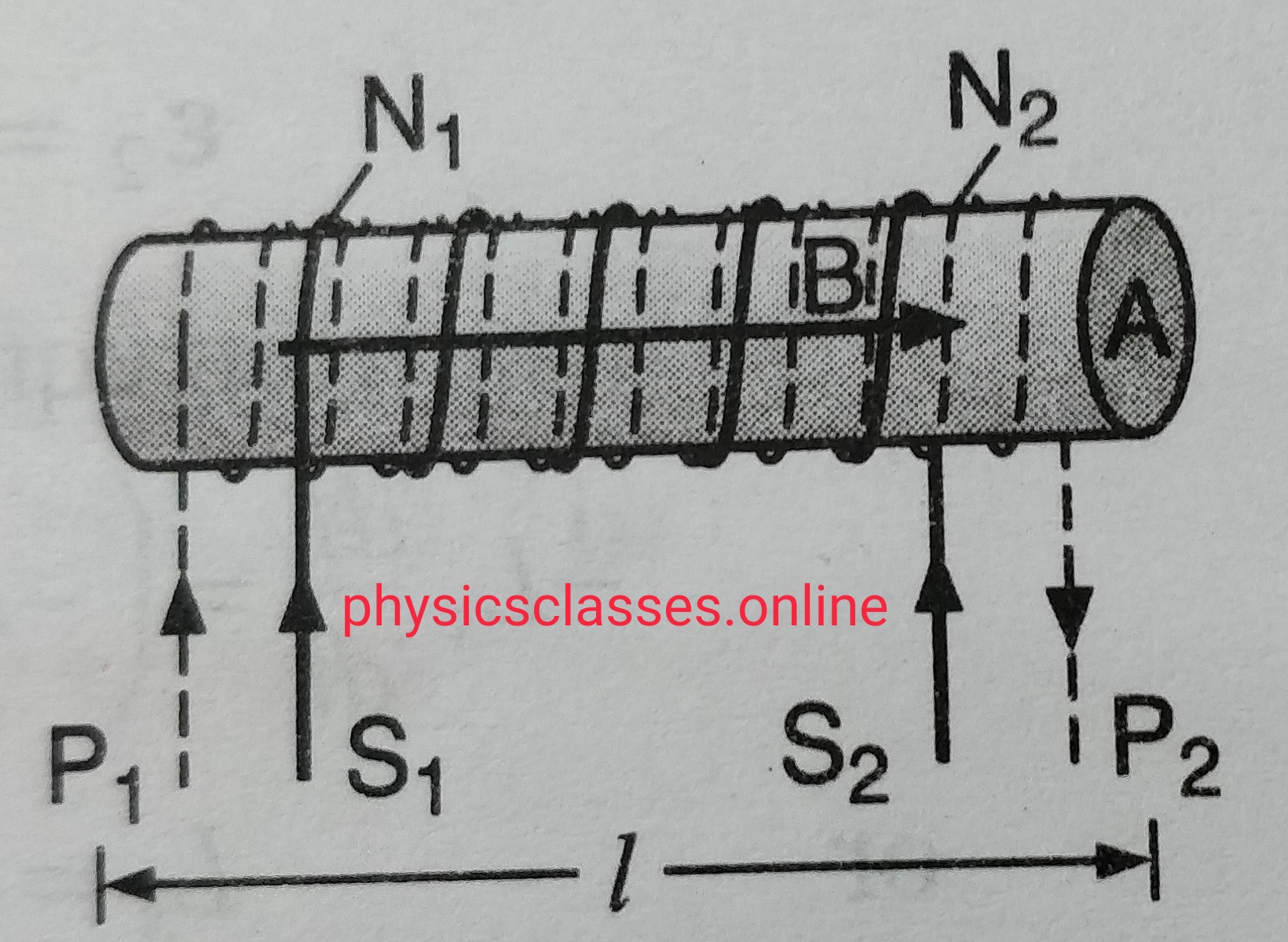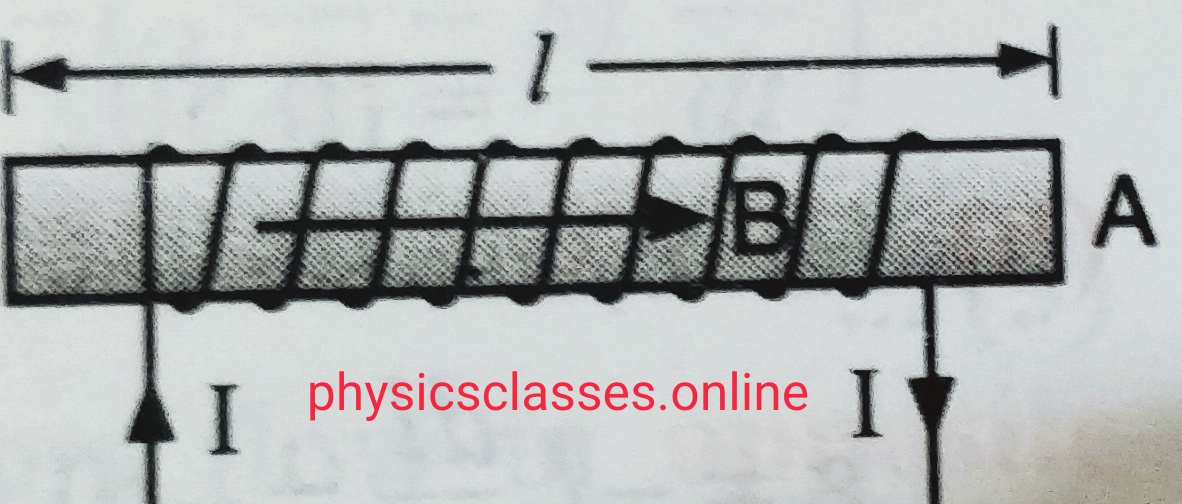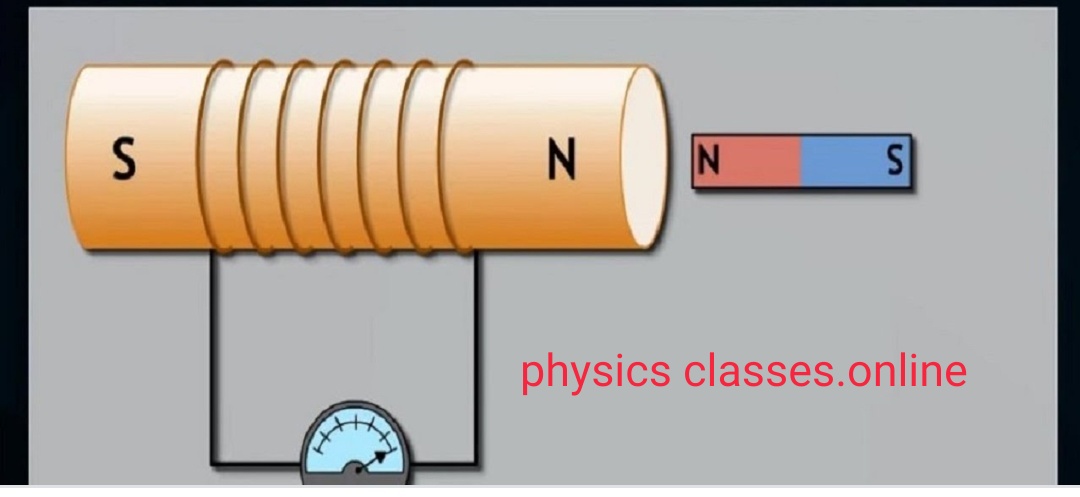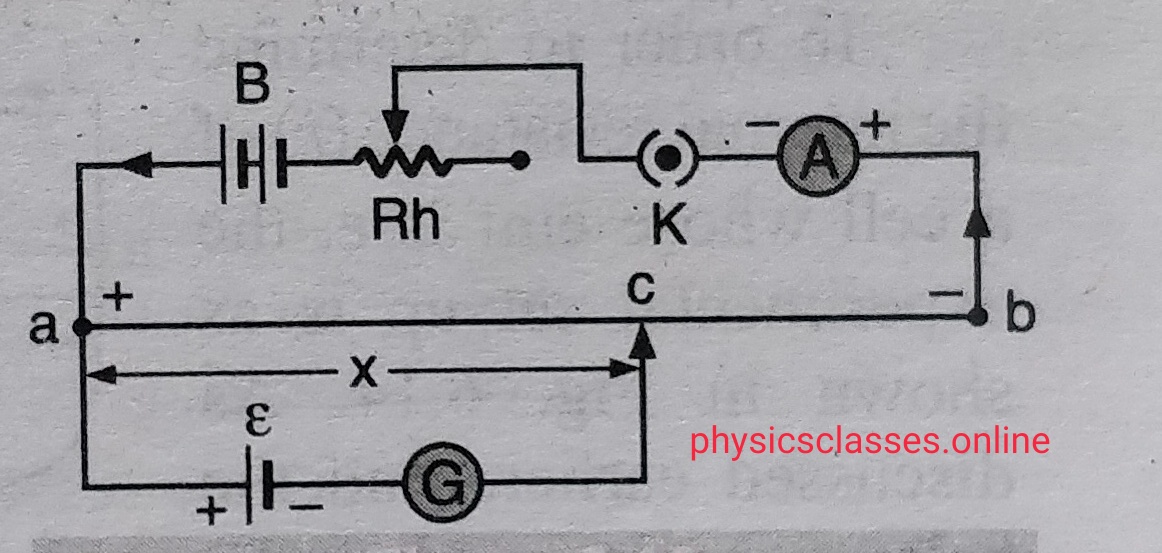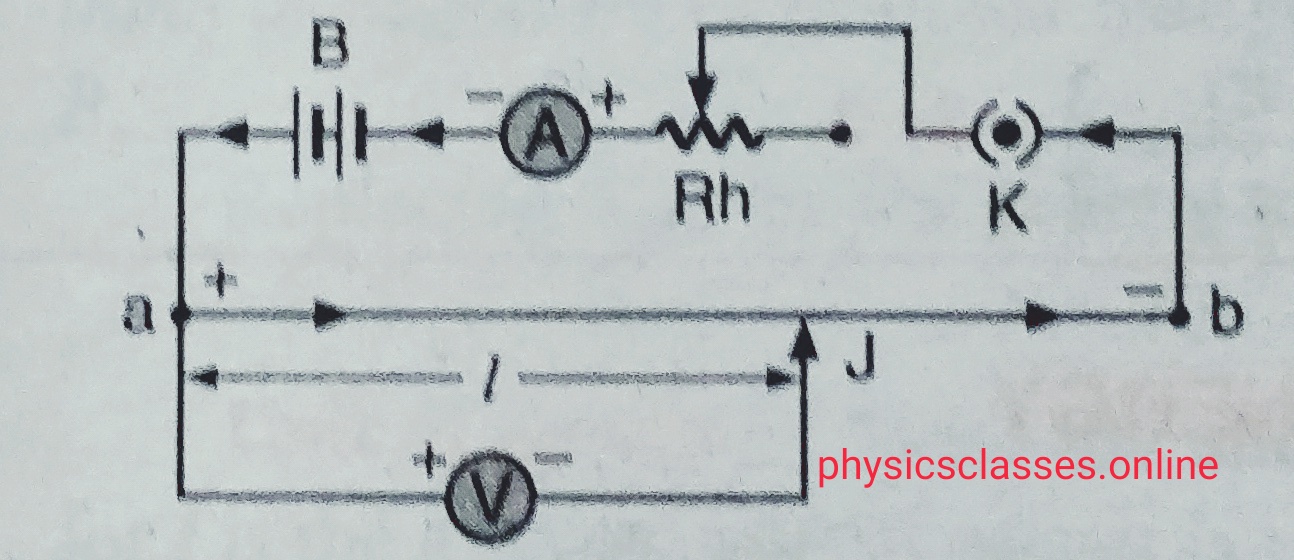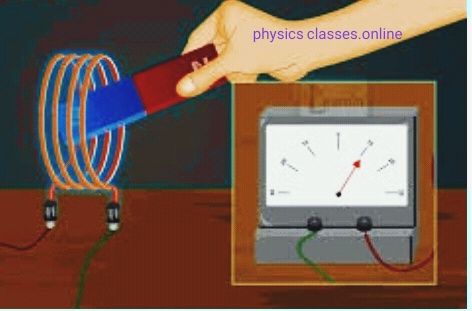Mutual induction- In this topic students will study what is mutual induction and coefficient of mutual induction / mutual inductance? And what is the unit of mutual inductance Mutual induction- Let us consider two coils placed near to each other closely . One of the coil carries the battery is the primary coil and the […]
MUTUAL INDUCTION
